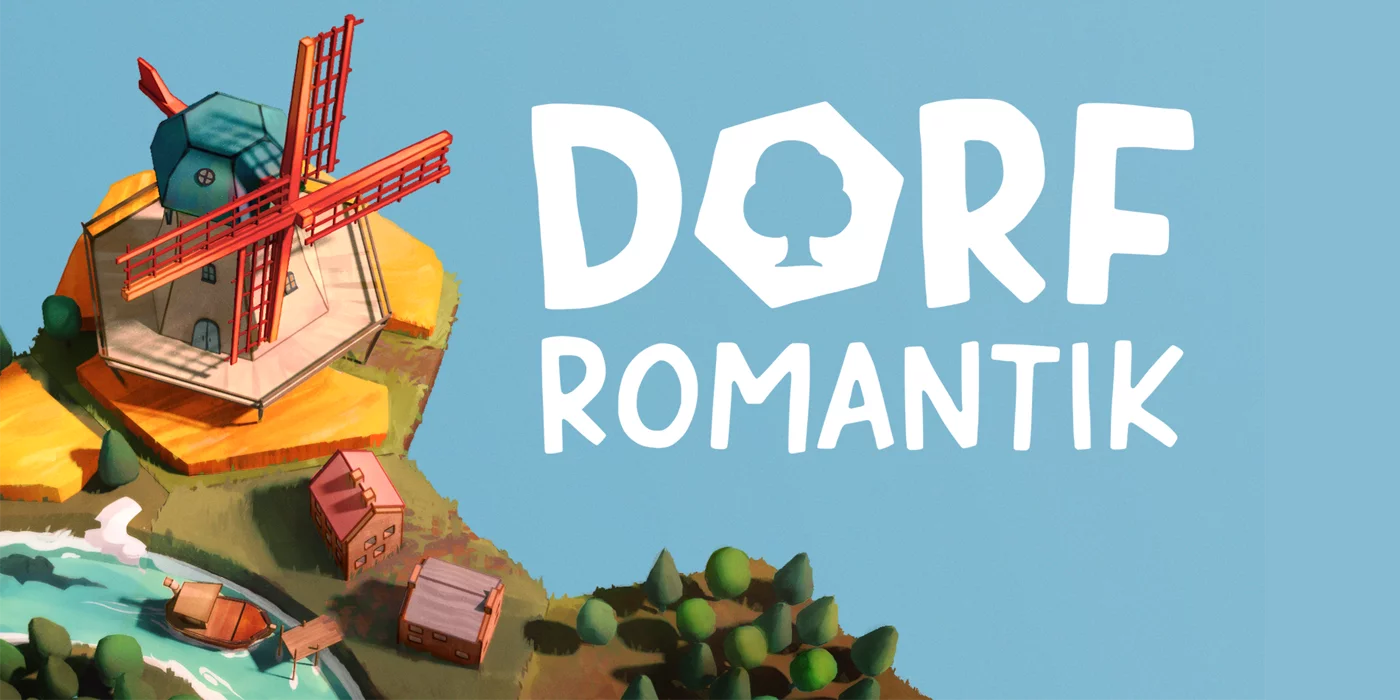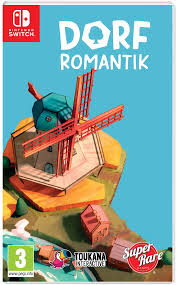Despite becoming a PC heavyweight immediately upon its release in April 2022, I had somehow remained oblivious to Dorfromantik until its inclusion in Gamescom’s Opening Night in August this year. I was immediately captivated by the short trailer; a pretty little puzzler with a laid-back approach, that oozed chill vibes sounded like just the change of pace I needed, and the hands-on experience absolutely fulfilled the brief.
Developed by German indie developer Toukana Interactive, Dorfromantik is a hex-based puzzle game-cum-city builder, where you’re charged with building seamless, flowing environments using a series of randomly generated tiles. Your little world expands from a solitary introductory tile to become a sprawling biome filled with forests, plains, fields, towns, rivers, and railways – not to mention a host of special buildings you can unlock as you go. The aim of the game is to place tiles alongside one another so that their edge-types match i.e., that forest sides line up with other forest sides, and town edges sit flush with other town edges, and so on. You’re rewarded with points for every boundary that you successfully match and a bunch of bonus points if you succeed in a Perfect Placement, where a tile has all six of its sides lined up type-with-type.
The premise is wonderfully simple, but the mastery is delightfully tricky. The random tiles provided cannot be skipped, so you often have to use tiles where the various edges don’t quite fit what you need – this forces you to compromise and plonk tiles down where the edges don’t match (ergo, not scoring you as many points), or use them to further expand the reaches of your biome in the hope of utilising them later. Things can get a little tricky when particularly complex tiles arrive, offering three or four different boundary elements, challenging you to stitch the various aspects of your biome together if you want to challenge for a high score. You begin the game with 40 tiles and continue placing them until you run out, at which point your total is tallied and you can do nothing more than scroll around to admire your handiwork before beginning a fresh game. (Don’t worry though, you can save all your biomes to look back at later, should you wish.)
Certain tiles also come with challenges attached, offering you the opportunity to earn bonus points and even add more tiles to your stack, prolonging your game and your points-scoring potential. The challenges require you to effectively match a series of tiles to create a large group of the same feature (creating a concentrated area of forest, for example), and you’re rewarded with a bucket of points if you manage to connect things successfully. And to up the difficulty further, certain challenge tiles will ask that you connect an exact number of features together – no more, no less – and these require much more planning to overcome because you can’t simply plug them into your existing sprawling habitats. There are several longer-term challenges in the game’s menus too, rewarding you with new tile types and visual styles for things like lifetime points scoring, overall high score, successful tiles places etc., and it’s these elements, along with the beautifully simple (but highly addictive) gameplay, that will keep you coming back to Dorfromantik for hours and hours and hours.

Despite being a puzzle game that revolves around player-led decision making, Dorfromantik has a wonderfully organic feel, and it’s incredibly fun to see how your world expands almost naturally based on the various tile requirements and the options thrown up by the random generator. The downside to this is when you’re hanging on by a thread and needing regular Perfect Placements to continue your game, here are those who could feel like the system is intentionally giving you nothing of use and derailing your attempt. I never felt any unfairness in the system though, and knowing that I had no control over the tiles coming my way made me bring my A-Game right from the very start of each new game.
Aside from the standard game mode, there are other options to keep you interested too. From Hard Mode, a rules cycling Monthly Mode, and a completely personalisable Custom Mode, there are a tonne of choices to keep you coming back for more. For the more artistic amongst you, there’s even a Creative Mode, where points scoring is set aside and you’re simply offered the opportunity to place tiles to your heart’s content, skipping the ones you don’t like and utilising the ones you do in order to create your perfect world. My personal favourite is the Quick Mode, where you only have a set 75 tiles to get the highest score possible – even successful challenges won’t provide any extras, so it’s all about finding the most efficient matches as quickly as possible.

Whilst not the most technically high spec, the visuals in Dorfromantik are just wonderful. Each of the tiny features aren’t especially detailed when you zoom in and look at them individually, but when viewed collectively on a grander scale, they come together to deliver environments that are overflowing with charm. Even the HUD and board backgrounds add to the relaxed atmosphere, with minimalist white icons and cool pastel palette underlining the soothing look that Toukana Interactive are going for. The soundtrack bolsters the chilled experience further, with calming strings, twinkly keys, and soft synths pulling together to offer you a relaxing space to work in, along with a myriad of animal noises and environmental sounds that are both comforting and highly immersive.
Negatives are hard to come by in Dorfromantik and about my only one is that it can sometimes be tricky to make out which of your edges successfully line up and which ones don’t. There’s an optional indicator to help you out, but even then the glowing lines don’t particularly stand out, and I think that players with some visual accessibility needs might struggle to get the most out of Dorfromantik.

The slightly bigger negative are the controls -which are okay- but perhaps a little clunkier than you’d like. You use the left thumb-stick to control the placement of your tiles and the right one to control the position of the camera, while L and R control the rotation of your current tile and the D-Pad controls the zoom and rotation of the camera. Accurately choosing where to place your tile can be fiddly, and your current tile will sometimes jump around the vacant slots as the game struggles to understand exactly which direction you’re pressing amidst the available hexes. I found using the D-Pad to control camera rotation much more annoying though, and for me, this function should be tied to the ZL and ZR buttons, though I’m sure others are happy keeping the two rotation functions further away from one another to avoid confusion. Either way, the controls are functional and responsive, just not as polished as the rest of the game.
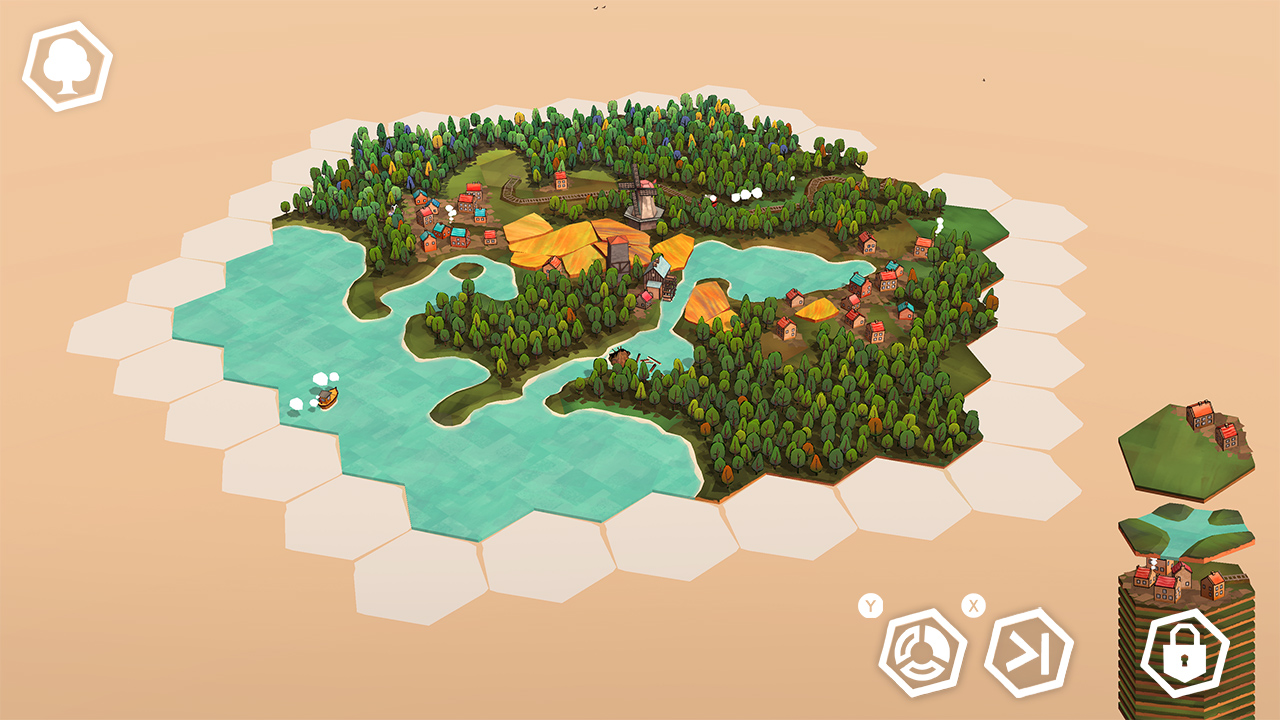
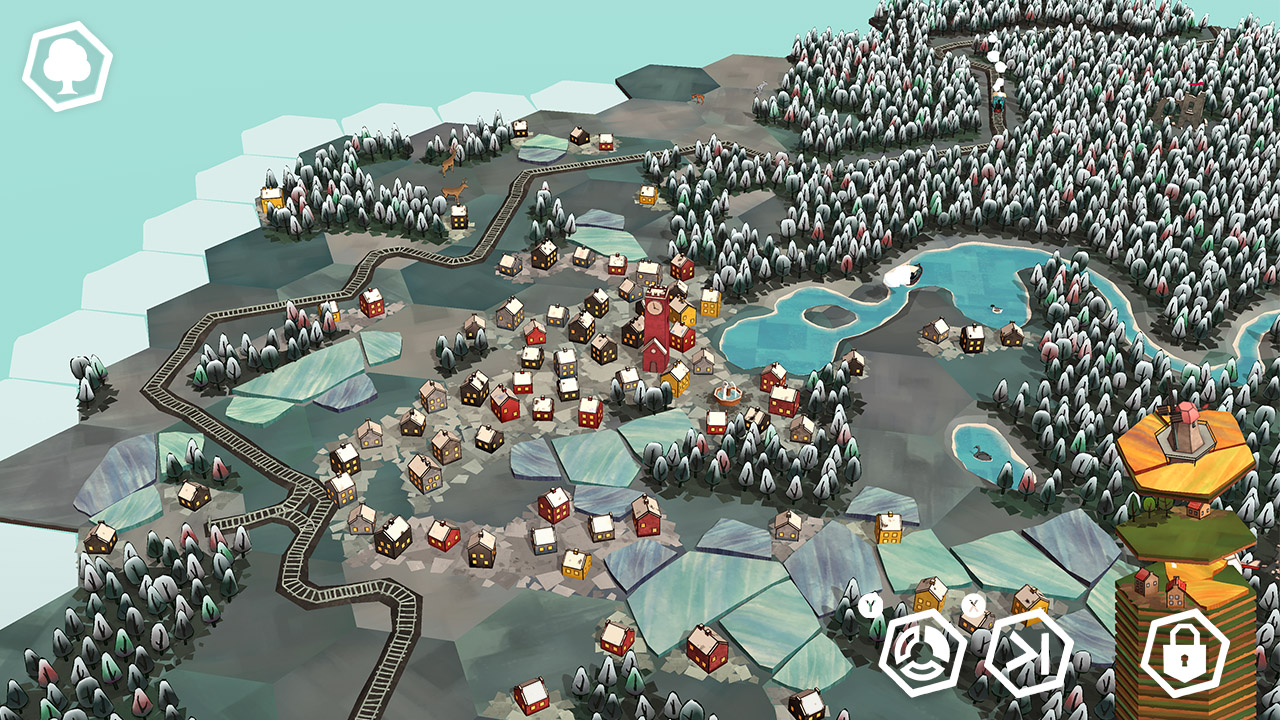
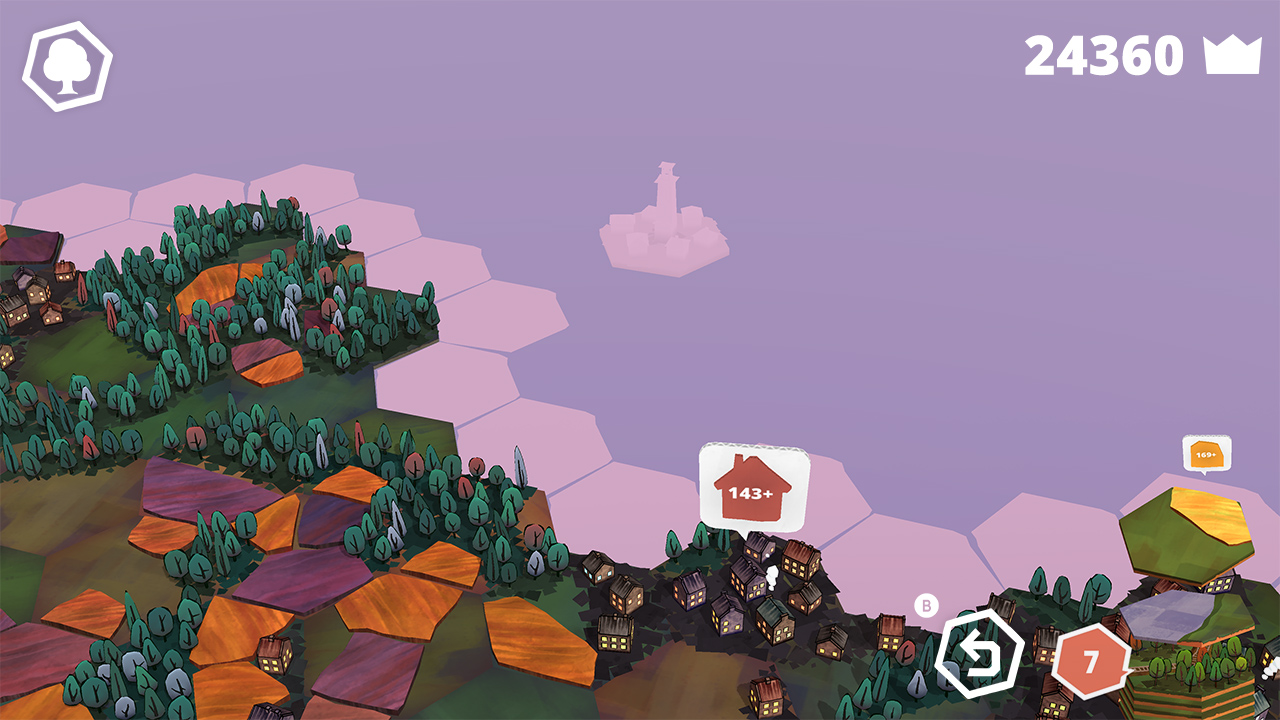
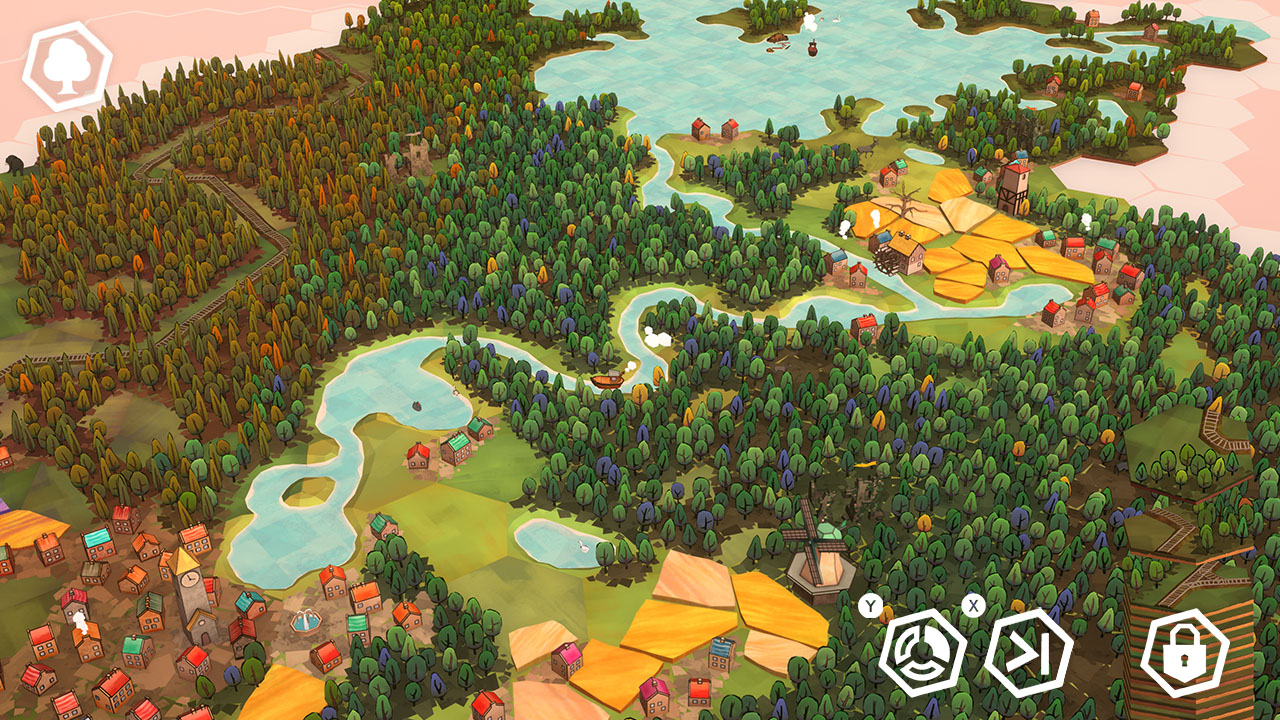
Dorfromantik is a highly addictive puzzle game that rewards patience and attention to detail whilst also offering a laid-back experience; the challenges are there for the tackling, but only if you want to take them on. Pleasing to the eye and backed by a relaxing soundscape, this is a game you can pour non-stop hours into, or simply pick up and put down at your leisure, making it perfect for the Switch. Yes, the Switch controls are a little clunky, and I’d like some minor accessibility help in the visuals, but none of these are major problems and these improvements would only bolster an already stellar title. I can see Dorfromantik still having an army of fans in 10 years time – perhaps more than it does in its prime – it has an appeal that will prove timeless.
Recommendation Score
In the interest of full disclosure, VGamingNews was provided with a copy of the game in order to conduct this review.

